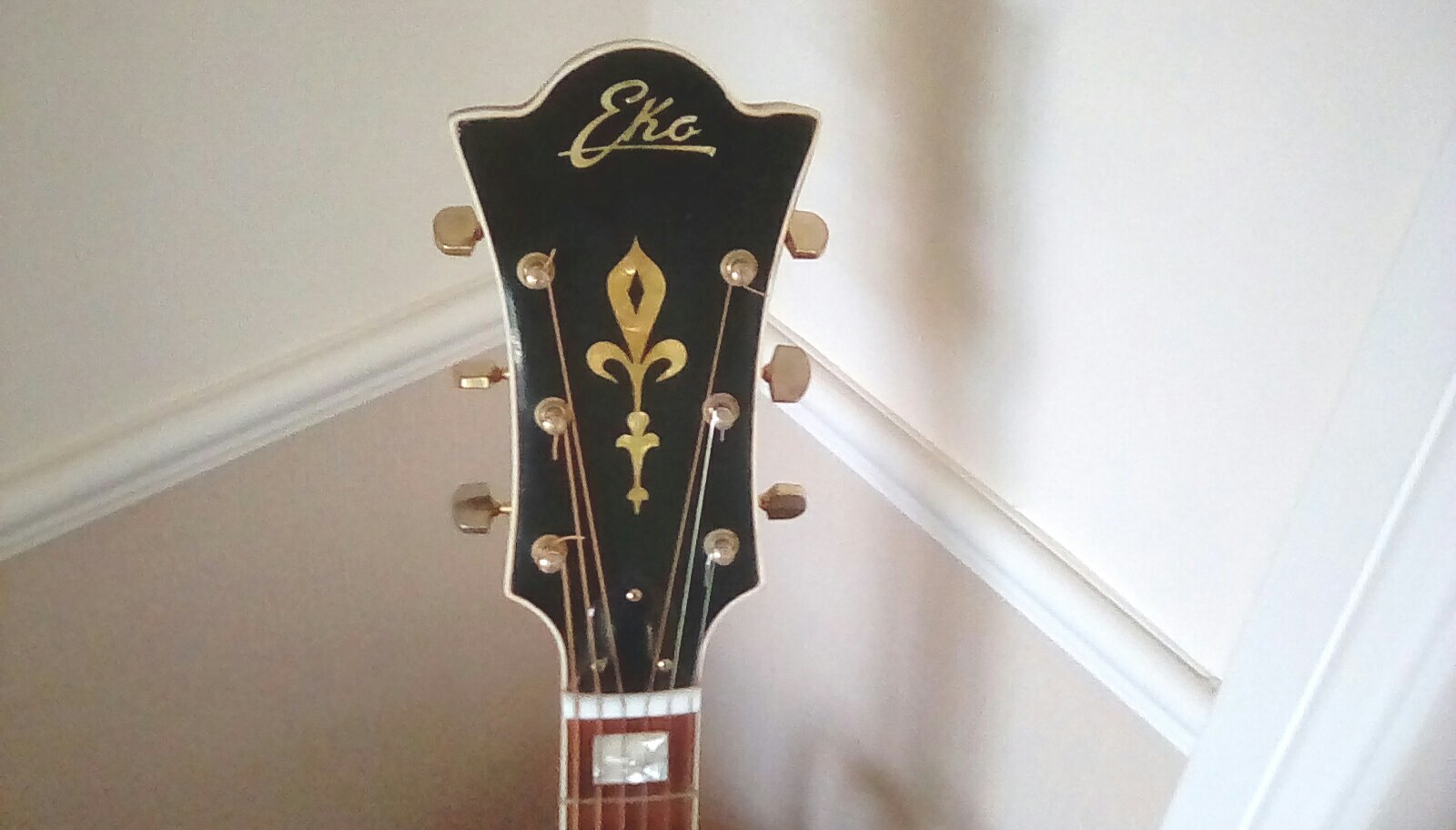Once again thanks fur your help,prior to revisiting this site I set to with my trusty voltmeter and and a roll of insulating tape.With a wiring diagram from a well known book on how to fit out a narrowboat,I proceeded to follow the circuit diagram.Two hours later,engine on,charge light glowing,start her up,no charge ,no light going out!!!!.
On checking the wiring with my meter I noticed a 5.6 volt drop across the charge light,then it all became clear,the relay to switch from engine to leisure battery was connected directly to the alternator charge light output terminal,so of course as soon as the alternator powered up the relay,the 12 volt required to power up the alternator went down to4.4 volts,so no charge!!.
A quick temporary rejig,which involved fitting a temporary engine/leisure switch soon had the system charging like a mad elephant,and normal service was resumed.
The wiring diagram in question,is in my opinion not sound,unless you can find a relay that takes zero current on switch on and hence causes no voltage drop,perhaps a solid state relay using microprocessor control is the answer?
Cheers Ian F B .



